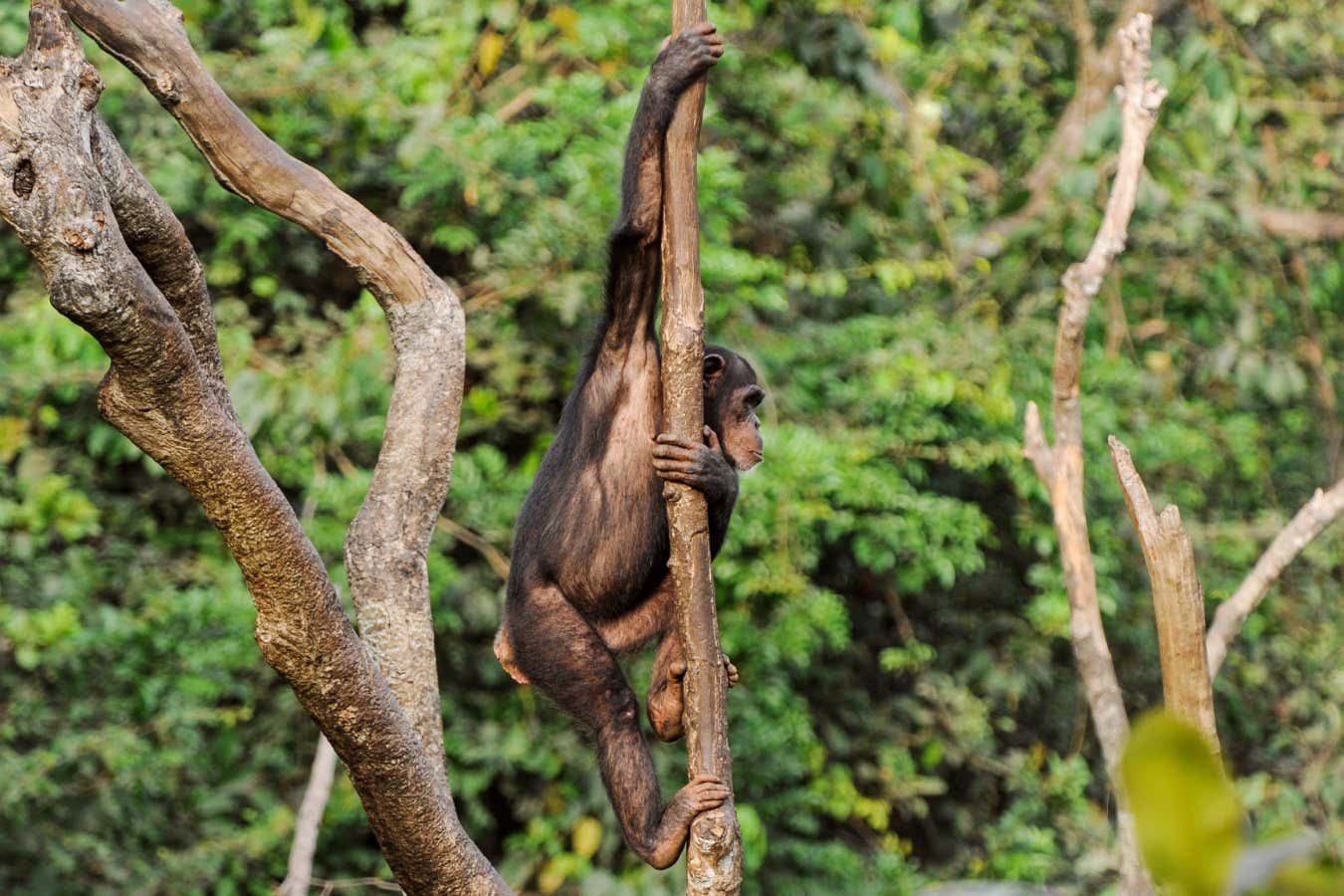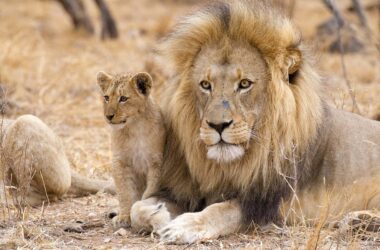Humans and other great apes have a wider range of movement in their arm joints compared to monkeys, allowing them to be proficient upward climbers but struggle with descending safely. The reason behind this difference is believed to be evolved shoulders and elbows that prevented our ancestors from falling while climbing down trees.
As the body shapes of primates evolved, the arm joints became more flexible, which allowed apes to stretch away from trees while climbing down. This enabled them to brake more efficiently with their feet, counteracting the pull of gravity. Animals that are heavier need to be more careful while descending tall trees to prevent potential falls.
Previous studies have suggested that the increased range of motion in shoulder, elbow, and wrist joints in humans and apes evolved to prevent falls during upward climbing. However, it has been challenging to prove this since wild chimpanzees use their arms similarly to monkeys during upward climbing.
Monkeys, like these mangabeys, have less mobility in their arm joints than great apes
Luke Fannin/Dartmouth
Researchers at Dartmouth College observed that chimpanzees have a different climbing style when going downward compared to going upward. They filmed wild chimpanzees in Uganda and wild sooty mangabeys, a type of monkey, in Ivory Coast and analyzed the angles of their shoulders and elbows using sports analysis and statistical software.
They found that while climbing up, both monkeys and apes had similar shoulder and elbow angles. However, when climbing down, chimpanzees flexed their shoulders 21 degrees more and their elbows 33 degrees more than the monkeys. Anatomical analyses of the skeletons confirmed that the apes’ shoulders and elbows allowed for greater rotation and flexibility.
These wider joint angles help apes hold their bodies further away from the tree, allowing them to press their weight against the trunk with their feet and prevent slipping towards the ground. The findings suggest that the range of motion in the shoulder and elbow joints played a role in apes evolving larger bodies and gradually developing additional arm skills.
According to the study, the increased range of motion in the arms also led to the development of skills such as fruit gathering, spears throwing, and the use of defense weapons. Humans later evolved to use their arms for activities like tossing balls and using ladders. However, the flexible joints also make shoulders more prone to dislocation.
The findings raise the question of whether the range of motion in the elbow and shoulder joints allowed apes to become larger-bodied or if they were already large-bodied and gradually developed this flexibility. Lighter-weight apes like gibbons also have a wide range of motion in their shoulders.
Topics:








